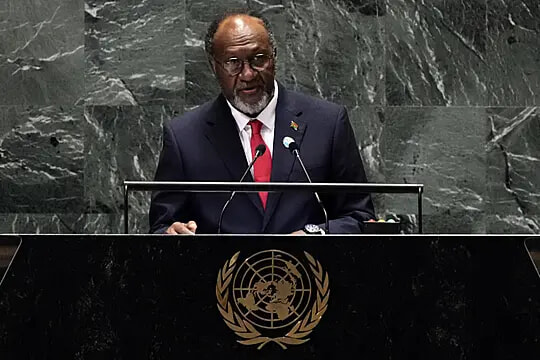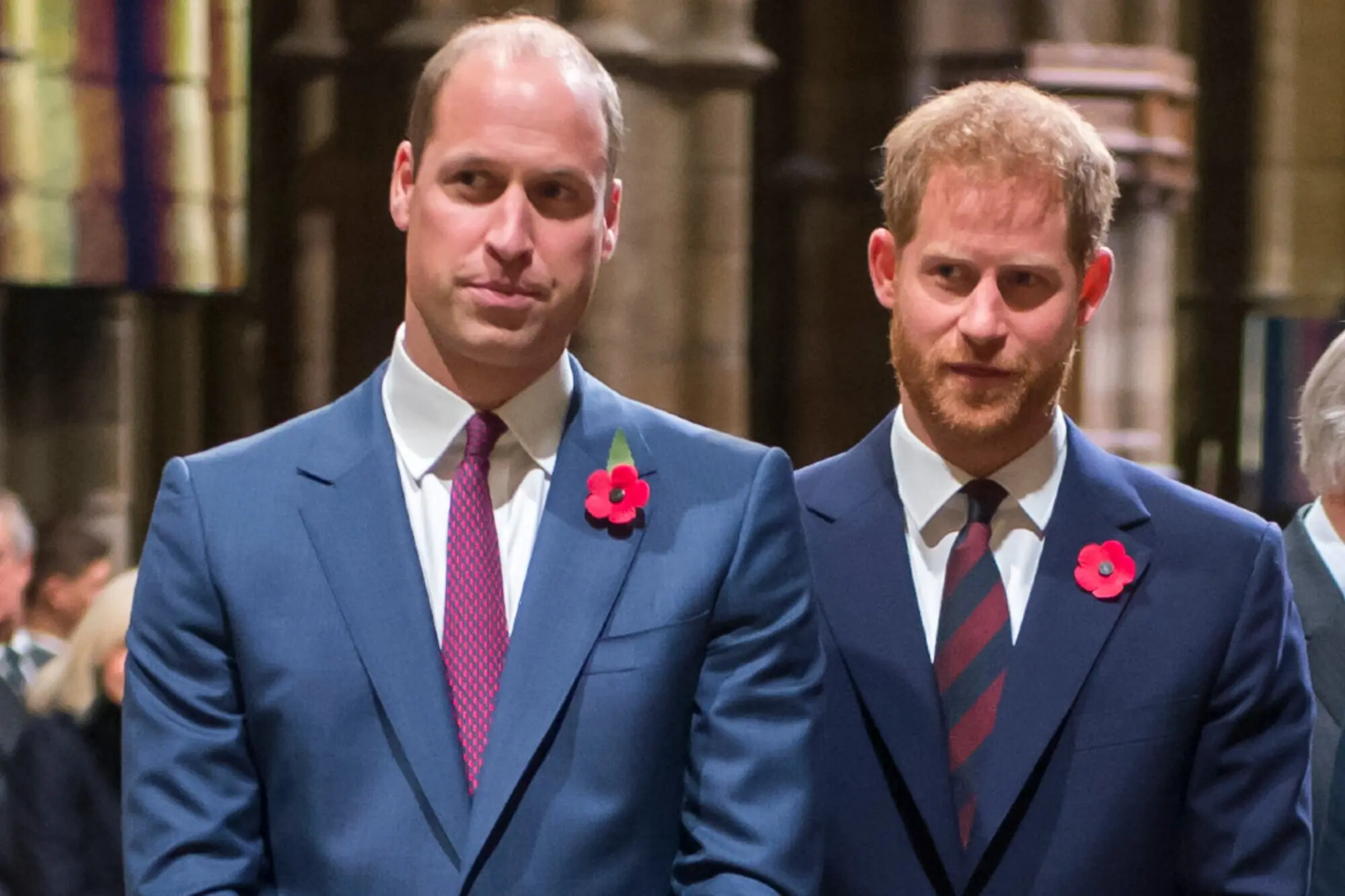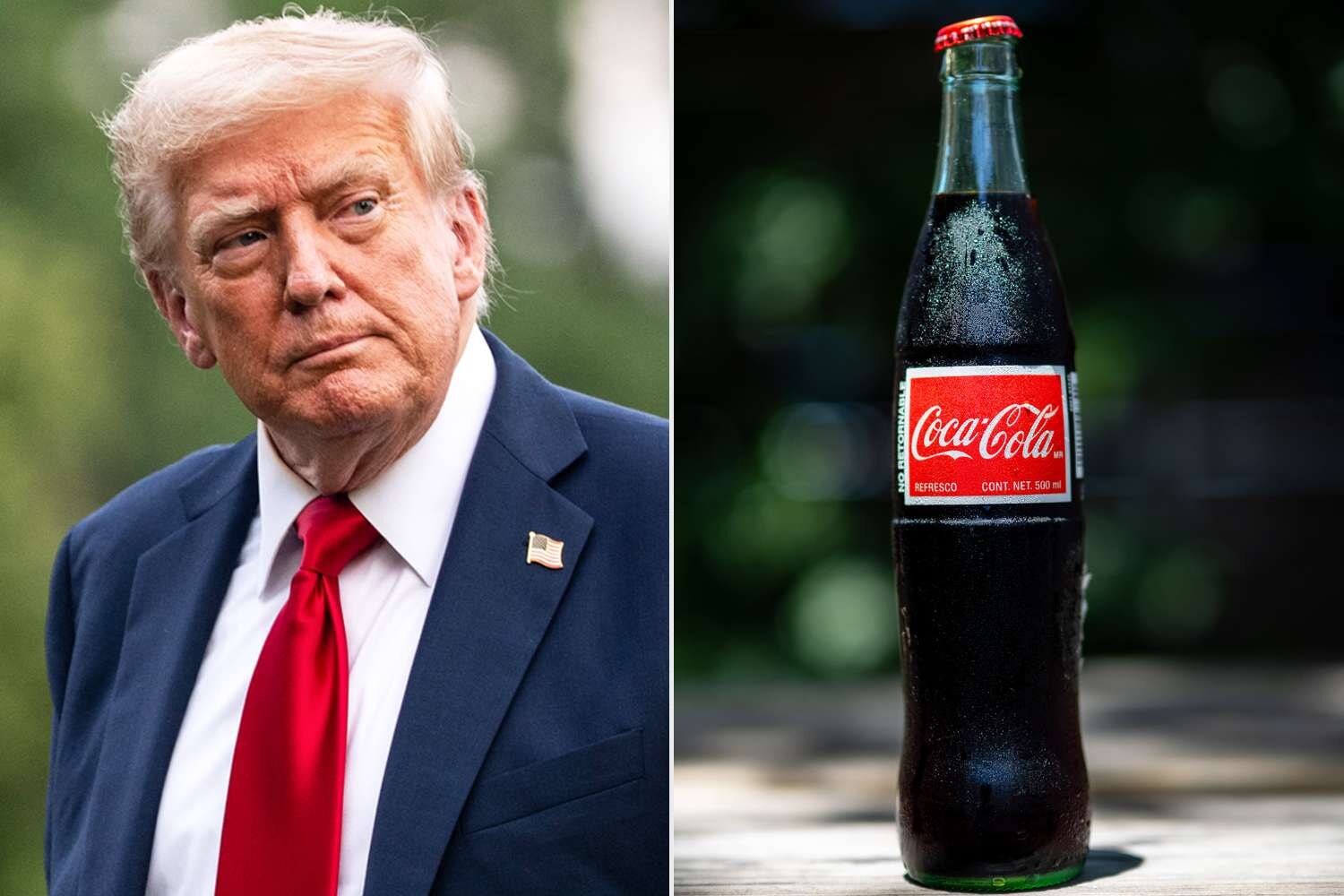
Sean "Diddy" Combs Acquitted on Sex Trafficking and Racketeering, Convicted on Prostitution
A shocking conclusion.
Published July 7, 2025
Advertisement
Advertisement
1. The Verdict

On July 2, 2025, a Manhattan jury delivered a dramatic split verdict in the federal trial of Sean “Diddy” Combs, acquitting him of the most severe charges of racketeering and sex trafficking, but convicting him on two counts related to transportation to engage in prostitution.Deliberations lasted three days and thirteen hours, culminating in a courtroom scene marked by visible relief and prayer from Combs as the most serious charges—carrying possible life sentences—were dismissed.The verdict was celebrated by Combs’ defense as a victory for the jury system, while prosecutors expressed disappointment after a two-month trial that gripped both the music industry and the public.Judge Arun Subramanian, however, denied bail, citing a pattern of violence that emerged through the testimony, and ordered Combs to remain detained until sentencing, which was scheduled for October 3.Despite acquittal on charges that could have resulted in life behind bars, Combs was convicted under the Mann Act—a century-old law prohibiting the interstate transportation of individuals for prostitution—which carries a maximum of ten years per count.Prosecutors estimate a guideline sentence of four to five years, with Combs already having served ten months since his arrest in September 2024, though the defense argues the guidelines could be as low as 15 to 21 months.The courtroom, packed with family, supporters, and national media, erupted in applause and tears as the mixed verdict was announced, reflecting both relief and unresolved tension.Combs’ legal team pushed for his immediate release on a $1 million bond, offering to restrict his travel and surrender his passport, but prosecutors and Cassie Ventura’s attorneys argued he remained a danger to the community.Supporters outside the courthouse chanted for his freedom, while Combs, in a moment of vulnerability, urged his family to “be strong” and promised, “I’ll see you when I get out.”This verdict, rendered at the height of the #MeToo era, instantly became one of the most watched celebrity trials in decades, with its outcome reverberating far beyond the music world.As Combs faces sentencing for the lesser offenses, the result stands as both a legal and cultural milestone, capturing a nation’s fascination with the intersection of power, celebrity, and accountability.
Advertisement
2. The Charges

The federal indictment against Sean Combs initially included five counts: racketeering conspiracy, two counts of sex trafficking by force or coercion, and two counts of transportation to engage in prostitution.While Combs was acquitted of racketeering and both sex trafficking charges—each of which carried mandatory minimum sentences of 15 years or the potential for life in prison—he was found guilty of violating the Mann Act.The Mann Act, dating back to 1910, makes it a federal crime to transport individuals across state lines for purposes of prostitution or other “immoral” activities, and was central to the prosecution’s case.Jurors determined that Combs knowingly flew former girlfriends Casandra “Cassie” Ventura and a woman known as “Jane,” as well as sex workers, to various locations for the purpose of engaging in prostitution.The legal threshold for the prostitution-related counts required prosecutors to prove beyond a reasonable doubt that a significant or motivating purpose of travel was prostitution, not necessarily the sole intent.Defense attorneys countered that all encounters were consensual and that Combs’ conduct, while unorthodox, did not rise to the level of criminal conspiracy or trafficking.The jury’s decision not to convict on racketeering reflected their skepticism of government claims that Combs ran a criminal enterprise, even as they accepted the narrower argument regarding prostitution-related travel.Prosecutors alleged a pattern of coercion and abuse, leveraging Combs’ wealth and influence over two decades, but the burden of proof on the most severe counts was not met.Much of the trial focused on the murky boundaries between consent, power dynamics, and celebrity, as well as the challenge of untangling allegations of love, dependency, and trauma.Judge Subramanian, reflecting on the trial’s complexity, emphasized that sentencing would require careful consideration of both the conduct proven and the behavior that fell short of criminal conviction.With the possibility of up to 20 years in prison, the final sentence will hinge on the judge’s interpretation of the guidelines and aggravating factors, as well as time already served.The split verdict ultimately reveals the intricacies of prosecuting high-profile sex crimes, especially when fame, power, and personal relationships blur the lines of legal responsibility.
Advertisement
3. Testimony and the Witnesses

Over seven weeks, jurors heard from 34 witnesses, including former girlfriends, ex-employees, artists, and personal assistants, many of whom painted a harrowing portrait of life within Combs’ orbit.Central to the prosecution’s case were the testimonies of Cassie Ventura—an R&B singer who dated Combs for over a decade—and “Jane,” a social media influencer who testified under a pseudonym to protect her identity.Ventura described years of physical abuse, coercion, and forced participation in drug-fueled sex sessions called “freak offs,” which were orchestrated by Combs and allegedly filmed for leverage.She recounted a 2016 incident, caught on surveillance video, in which Combs beat and kicked her in a hotel hallway as she tried to leave a violent encounter, a moment that became a visual centerpiece of the trial.Jane testified for six days, detailing what she called “hotel nights,” in which she felt compelled to perform sex acts with male escorts while Combs watched, pressured by emotional, financial, and physical threats.Both women described a climate of fear and manipulation, in which resistance risked blackmail, professional ruin, or violence, yet both also acknowledged complex, at times loving, relationships with Combs.Defense attorneys countered with messages, texts, and social media posts suggesting willing participation and affection, arguing that the encounters were consensual and the relationships “complicated” but not criminal.Other witnesses included rapper Kid Cudi, who accused Combs of orchestrating a firebombing after learning of Cudi’s relationship with Ventura, as well as a revolving cast of personal staff who described a culture of secrecy and obedience.The government presented evidence of drug use, bribery attempts, and the systematic silencing of victims through payoffs and threats, aiming to establish a pattern of organized criminal conduct.Throughout the proceedings, the defense chose not to call any witnesses, relying instead on cross-examination to poke holes in the prosecution’s narrative and to cast doubt on the most serious allegations.The parade of testimony—by turns graphic, emotional, and contentious—exposed the murky and often contradictory realities behind the glitz and glamour of celebrity life.Ultimately, the jury found enough evidence to convict on the narrower Mann Act violations, but not enough to sustain the sweeping claims of criminal enterprise and sex trafficking that defined much of the case.
Advertisement
4. The Prosecution’s Strategy

Federal prosecutors built their case around the claim that Sean Combs operated a “criminal enterprise,” leveraging his fame, resources, and a “small army” of loyal employees to facilitate and conceal criminal acts.The prosecution portrayed Combs as a powerful figure who “didn’t take no for an answer,” with a history of coercing women, intimidating rivals, and enlisting staff to procure drugs, escorts, and to silence those who challenged his authority.Assistant U.S. Attorney Christy Slavik, in a nearly five-hour closing argument, urged the jury to see through the veneer of celebrity and recognize a pattern of organized, predatory behavior that spanned decades.Prosecutors drew connections between accounts of kidnapping, arson, forced labor, and sexual exploitation, painting a picture of systematic abuse that blurred the boundaries between Combs’ personal and professional spheres.The government argued that the so-called “freak offs” and “hotel nights” were not consensual sexual experimentation, but rather a tool of control, used to degrade, humiliate, and dominate Combs’ romantic partners.They pointed to corroborating evidence, including a 2016 video of Combs physically assaulting Ventura, and the testimony of former staffers who described a climate of fear and complicity.Witnesses described instances of bribery—such as the hotel security guard allegedly offered cash after witnessing violence—as well as efforts to cover up, destroy, or exploit incriminating evidence.Throughout the trial, prosecutors framed Combs’ actions as emblematic of broader abuses of power in the entertainment industry, linking the case to a larger societal reckoning with sexual misconduct and institutional enablement.Despite these efforts, the prosecution’s sweeping narrative was undercut by inconsistencies, reluctant witnesses, and the high bar for conviction on racketeering and trafficking, which require proof of coordinated, ongoing criminal activity.While they secured convictions on the prostitution-related counts, prosecutors fell short of convincing the jury that Combs’ empire was a criminal syndicate as defined by federal law.The government’s partial victory—tempered by the acquittals—underscored both the challenges of high-profile sex crime prosecutions and the enduring influence of celebrity in the courtroom.
Advertisement
5. Defense and Narrative

Combs’ legal team, led by Marc Agnifilo and Teny Geragos, mounted a defense that focused on consent, context, and the limits of criminal law in adjudicating complex adult relationships.From the outset, the defense conceded that Combs’ personal life was unconventional and at times “complicated,” but insisted that the prosecution had “badly exaggerated” consensual acts and consensual relationships into criminal conduct.Defense attorneys attacked the credibility of the government’s witnesses, using text messages, social media posts, and cross-examination to suggest that both Cassie Ventura and Jane were willing participants, not victims of trafficking or coercion.They argued that the prosecution’s attempt to brand Combs’ lifestyle—a mix of swinging, group sex, and recreational drug use—as evidence of criminality amounted to moral policing, not law enforcement.The defense emphasized the absence of financial motive for most accusers and pointed out that Ventura herself had settled a civil lawsuit against Combs for $20 million, which they implied undercut her credibility.In closing arguments, Agnifilo contended that prosecutors had blurred the lines between love and abuse, consensual risk-taking and criminal predation, insisting, “If racketeering conspiracy had an opposite, it would be their relationship.”The defense also challenged the government’s evidence of violence and intimidation, conceding that Combs could be angry and even abusive, but arguing that such behavior did not amount to organized crime.They highlighted that Combs’ business dealings, philanthropic efforts, and long-standing industry reputation had been overshadowed by a prosecution bent on making an example of a prominent Black entrepreneur.The defense team called no witnesses, resting its case after less than half an hour and relying on the principle that the burden of proof lay entirely with the government.Ultimately, the jury’s split verdict reflected the power of this counter-narrative: while willing to convict on the narrow facts of the Mann Act violations, jurors rejected the broader claims of criminal enterprise and sex trafficking.For Combs and his attorneys, the outcome was hailed as a significant legal victory, even as the shadow of conviction and possible prison time remains.
Advertisement
6. Public Spectacle

From the opening arguments, the Combs trial drew a media circus of a magnitude rarely seen, rivalling the legal sagas of Harvey Weinstein, R. Kelly, and other fallen icons of the #MeToo era.With no cameras allowed in the courtroom, a small army of traditional journalists, social media influencers, and citizen reporters crowded Manhattan’s federal courthouse, providing a minute-by-minute account of proceedings to a rapt global audience.Supporters, detractors, and the merely curious gathered outside, some chanting “Free Puff!,” while others debated the case on livestreams, podcasts, and comment sections.The case’s salacious details—drug-fueled sex marathons, allegations of blackmail and violence, celebrity witnesses like Kid Cudi, and a cast of ex-girlfriends and employees—fed an insatiable media cycle.The overflow rooms became battlegrounds for public opinion, with outbursts, applause, and tears reflecting the deeply polarized reactions to both Combs and his accusers.Courtroom sketches, social media updates, and viral memes circulated widely, fueling public fascination and outrage in equal measure.Influencers such as Armon Wiggins, who chronicled the trial for hundreds of thousands of followers, acknowledged that the spectacle had changed the face of modern media coverage of celebrity trials.For Combs’ family and supporters, the public scrutiny was both overwhelming and affirming, with emotional reunions, statements of faith, and moments of vulnerability broadcast to millions.The trial became a national touchstone in debates about fame, accountability, race, and justice—its outcome instantly dissected across television, radio, and online platforms.The reverberations extended well beyond the courtroom, shaping how future cases involving celebrity defendants, sex crimes, and questions of consent are reported and understood.As sentencing approaches, the case remains not just a legal battle, but a cultural event, reflecting shifting norms and the enduring power of spectacle in American public life.
Advertisement
7. Aftermath and Sentencing

With the trial concluded, attention now turns to the crucial matter of sentencing, where the battle between defense and prosecution is as fierce as ever.Judge Subramanian set a tentative sentencing date of October 3, but legal wrangling over the federal guidelines, aggravating factors, and time already served is expected to continue for months.Prosecutors are pressing for a term of at least four to five years, citing evidence of violence, coercion, and cover-up efforts as reasons for an enhanced sentence.The defense, by contrast, argues for a sentence in the 15 to 21 month range, highlighting Combs’ lack of prior criminal convictions on similar offenses and his conduct as a “model prisoner” since his arrest.Experts predict that, given time served and the nature of the convictions, Combs could walk free within months, or at most, a few years, unless the judge opts for a stricter interpretation of the guidelines.The debate extends to the conditions of possible release, with Combs’ attorneys proposing a high bond, travel restrictions, and regular drug testing, while prosecutors and victims’ advocates argue that he remains a threat to the community.Cassie Ventura’s legal team has asked the court to keep Combs in custody, expressing ongoing concerns for the safety of victims and witnesses.The case’s status as “the most expensive prostitution trial in American history” has added fuel to the controversy, with critics questioning both the cost and the value of the government’s efforts given the outcome.For Combs, the immediate future remains uncertain: even as he savors a partial legal victory, the reality of federal prison—and the lasting stain of conviction—looms large.The final chapter will be written by Judge Subramanian, whose ruling will reflect not just the law, but the broader currents of a society still reckoning with the legacy of celebrity, power, and abuse.The sentencing will be watched as closely as the trial itself, a final act in a saga that has gripped the nation.
Advertisement
8. Combs’ Legacy

Once a towering figure in hip-hop and popular culture, Sean “Diddy” Combs now finds his career and legacy fundamentally altered by the trial’s revelations and outcome.For over three decades, Combs was synonymous with innovation, excess, and success, building Bad Boy Records, launching fashion lines, and cementing his place as a mogul and influencer.The case, however, revealed a far darker side, with allegations of violence, coercion, and a pattern of sexual exploitation undermining his affable “Puff Daddy” image.The impact has been swift and severe: brands have distanced themselves, pending lawsuits have multiplied, and his reputation as a music and business icon lies in tatters.Even with acquittal on the most serious charges, the conviction on Mann Act violations ensures that Combs’ name will be forever linked to a federal sex crime.For his accusers, the verdict represents a measure of accountability, but the legal process has also been a reminder of the challenges faced by survivors seeking justice against powerful figures.Supporters argue that Combs has been unfairly targeted because of his wealth and status, pointing to the acquittals as proof of prosecutorial overreach.For the wider entertainment industry, the case stands as both a warning and a precedent, underscoring the potential costs of unchecked power and the shifting standards of conduct in the post-#MeToo era.The narrative of rise, fall, and partial redemption is as old as the music business itself, but rarely has it played out so publicly or with such lasting consequences.Whether Combs can rehabilitate his legacy in the years to come remains an open question—one complicated by ongoing civil litigation and the public’s evolving sense of justice.For now, his story is a cautionary tale, emblematic of both the perils and privileges of celebrity in the modern age.
Advertisement
9. The Broader Context

The Combs trial unfolded against the backdrop of a society grappling with questions of consent, accountability, and the boundaries of personal freedom and criminal conduct.Federal authorities, emboldened by the #MeToo movement, have increasingly targeted prominent figures accused of sexual misconduct, seeking to send a message that fame offers no shield from justice.The prosecution of Combs relied on laws dating back more than a century, yet the social dynamics at the heart of the case—power, manipulation, trauma—are strikingly contemporary.The trial illuminated the limits of the criminal justice system in adjudicating complex relationships shaped by dependency, fame, and fear, as well as the difficulty of securing convictions when evidence hinges on credibility and context.It also sparked renewed debate about the Mann Act and its use in prosecuting high-profile sex crimes, raising questions about whether such laws remain fit for purpose in an era of rapidly evolving social norms.The media spectacle surrounding the trial, while ensuring transparency and accountability, also exposed the challenges of ensuring fairness in the face of relentless public scrutiny.For victims and advocates, the case offered both hope and frustration—a demonstration that powerful men can be held to account, but also a reminder of the obstacles that still exist.The legal and cultural battles fought in the Combs case are likely to echo in future prosecutions, shaping how society navigates the fraught intersection of celebrity, consent, and the law.Ultimately, the trial stands as a reflection of a nation in transition, wrestling with the legacy of past abuses and the demands of a more just and equitable future.As the dust settles, the broader implications of the case will be debated for years to come, influencing both courtroom strategies and the evolving public conversation.
Advertisement
10. What Comes Next

With sentencing looming, Sean “Diddy” Combs faces not only the possibility of federal prison, but also the continued fallout from civil suits, ongoing investigations, and the loss of once-unassailable influence.The legal wrangling over guidelines, enhancements, and time served will determine whether Combs serves months or years behind bars, but the process itself is a reminder that justice is rarely simple or straightforward.Beyond the courtroom, Combs must contend with the erosion of his professional relationships, the fracturing of his public image, and the open wounds left by years of alleged abuse.For his accusers, the journey is not over: many await their own day in civil court, where the standards of proof and the opportunities for accountability are different, but no less consequential.The case has reshaped conversations about power, privilege, and justice, providing a blueprint—and a cautionary tale—for future cases involving celebrity defendants.As the music industry, fans, and the broader public reflect on the verdict, questions linger about the balance between forgiveness and accountability
Advertisement
Advertisement
You May Also Like






